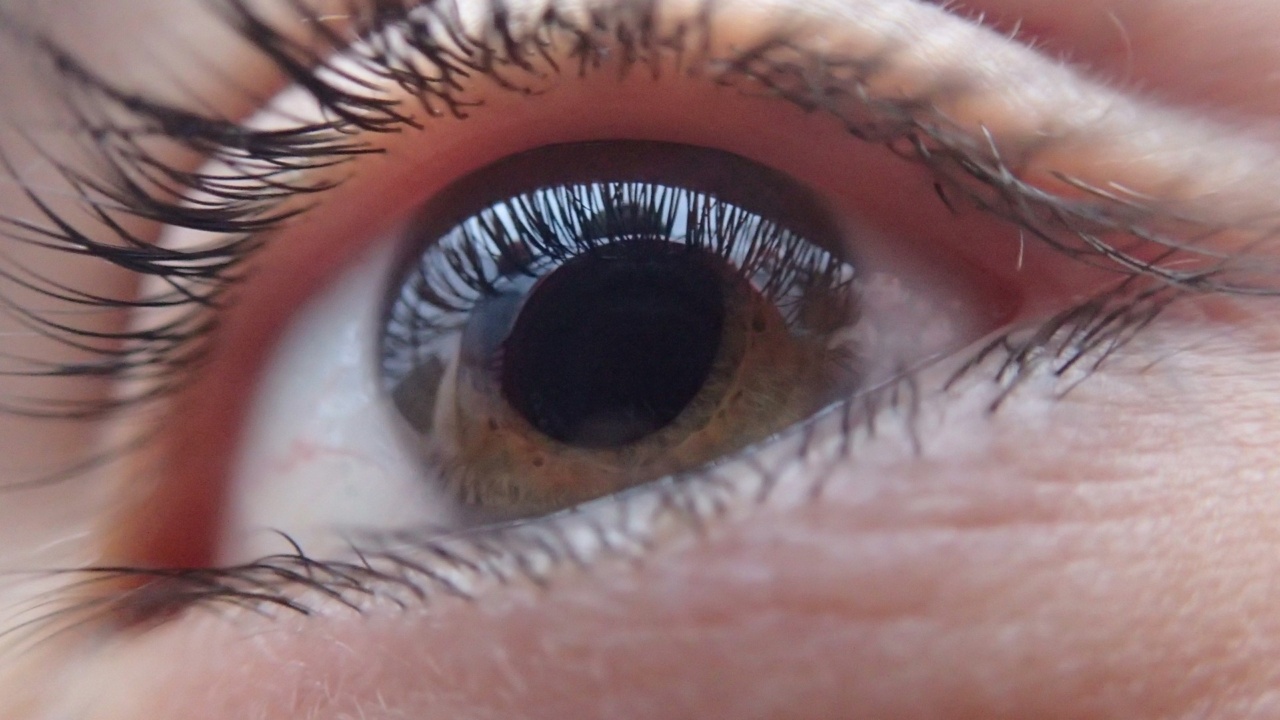Skin rashes are a common problem that can occur for various reasons. They can be caused by allergies, infections, autoimmune disorders, or other underlying health conditions.
Identifying the type and cause of a skin rash is crucial for effective treatment. In this visual guide, we will explore different types of skin rashes and provide tips on how to identify them.
1. Eczema
Eczema, also known as atopic dermatitis, is a chronic skin condition characterized by itchy and inflamed patches of skin. These rashes often appear on the face, wrists, hands, and flexor surfaces of the elbows and knees.
The affected skin may be red, dry, scaly, and may even develop blisters or crusts. Triggers for eczema include irritants, allergens, stress, and changes in temperature or humidity.
2. Psoriasis
Psoriasis is an autoimmune skin disorder that causes the rapid accumulation of skin cells. This leads to the formation of thick, silvery-scaled patches on the skin.
These patches can appear anywhere on the body but are commonly found on the elbows, knees, scalp, and lower back. Psoriasis may cause itching or pain and can be triggered by stress, infections, or certain medications.
3. Contact Dermatitis
Contact dermatitis occurs when the skin comes into direct contact with an irritant or allergen. It leads to redness, itching, and blistering of the affected area. Common irritants include soaps, detergents, cosmetics, metals, and certain plants.
Allergic contact dermatitis may result from exposure to substances like latex, nickel, or fragrances. Identifying and avoiding the trigger is essential for managing contact dermatitis.
4. Hives
Hives, also known as urticaria, are itchy welts that appear on the skin. They can vary in size and shape and may be red, raised, or swollen. Hives are usually caused by an allergic reaction to food, medication, insect bites, or environmental factors.
Stress and infections can also trigger hives. They can appear and disappear quickly, making their identification challenging.
5. Rosacea
Rosacea is a chronic skin condition that primarily affects the face. It causes redness, flushing, visible blood vessels, and sometimes small, red bumps or pustules.
Rosacea tends to worsen with triggers such as sun exposure, heat, spicy foods, alcohol, and stress. Early identification and appropriate management can help prevent the progression of rosacea.
6. Ringworm
Contrary to its name, ringworm is not caused by a worm but by a fungal infection. It appears as a circular or ring-shaped rash with raised, scaly edges and clearer skin in the center. Ringworm can occur on any part of the body and is highly contagious.
Direct contact with an infected person or sharing personal items such as towels can spread the infection. Antifungal treatments like topical creams are usually effective in treating ringworm.
7. Shingles
Shingles, also known as herpes zoster, is caused by the reactivation of the varicella-zoster virus, which causes chickenpox. It presents as a painful rash with fluid-filled blisters that follow the path of a nerve.
Shingles typically affects older adults and individuals with weakened immune systems. Early recognition and prompt treatment with antiviral medications can help shorten the duration of the rash and alleviate pain.
8. Scabies
Scabies is a highly contagious skin infestation caused by microscopic mites. It results in intense itching, particularly at night, and the appearance of small, raised, and thread-like bumps.
Scabies rashes often occur in areas with skin folds, such as between the fingers, wrists, elbows, and genitals. Prompt diagnosis and treatment with prescription medications are crucial to prevent the spread of scabies.
9. Lyme Disease
Lyme disease is an infectious disease caused by the bite of a black-legged tick infected with the bacterium Borrelia burgdorferi. Apart from flu-like symptoms, the development of a characteristic bull’s-eye rash is a hallmark of Lyme disease.
This rash appears as a red, expanding rash with a central clearing, resembling a target or bull’s-eye. Early recognition of the rash and treatment with antibiotics can prevent the spread of Lyme disease.
10. Allergic Reactions
Allergies can cause a wide range of skin reactions, including rashes. These rashes may be red, itchy, and accompanied by swelling or hives. Allergic reactions can be triggered by foods, medications, insect stings, pollen, or other allergens.
Identifying the trigger and avoiding further exposure is crucial for managing allergic reactions.






























